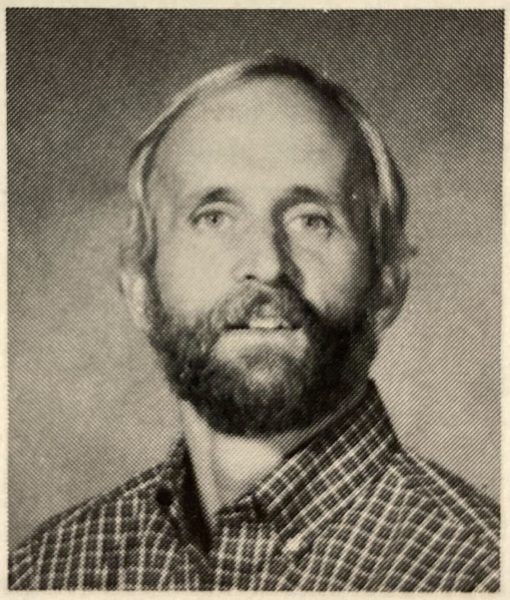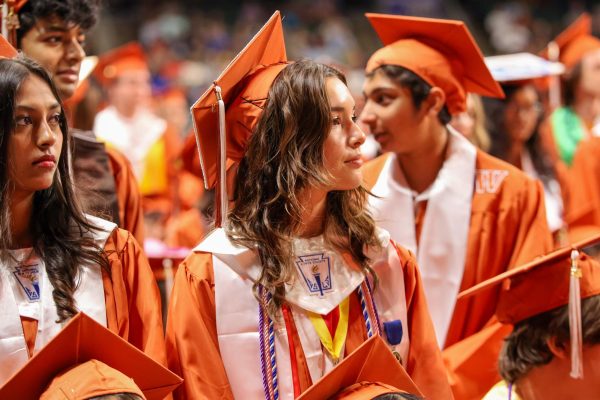Students Attend Howdy Modi Rally
Last Sunday, President Donald Trump met with Indian Prime Minister Narendra Modi at a public rally in Houston. With over 59,000 attendees, including multiple US senators and congressmen, the significance of the Sept. 22 event was clear. However, the motives of the two influential figures weren’t. As the two figures complimented each other, and even held hands, the audience wondered what political relations and plans were being made behind the jovial celebration. Nevertheless, the laudatory attitudes of both President Trump and Prime Minister Modi represented a distinct change in the relationship between the two countries.
Some viewers perceived the rally as a method of bolstering Modi’s rising popularity, while others say it was a reelection campaign by Trump. The rally allowed Trump to gain connections with wealthy and influential Indian-Americans, which could help him gain political donors for his campaign. However, this meeting also allowed Modi to lend aid to India’s sluggish economy as well as attempt to alter Trump’s perceptions of the Afghanistan-Pakistan border belt dispute. The expansion of exports to Indian markets can also help both parties, somewhat alleviating the mini trade war between the US and India.
“There were a lot of Indian-Americans there because this was a big moment,” Swapnil Dash ‘ 21 said. “Modi is well known in India so people were mainly there for him, and also to see Trump. There were ethnic dance performers from Austin as well so it was almost like a celebration. People were just really excited and happy to be there.”
While the celebration was full of joy and pride, a storm brewed outside of the venue as protesters lined the streets. President Trump has until now remained a disliked figure in the Indian-American population, with most Indians identifying as Democrats. Similarly, many Indian minorities disapprove of Modi for his policy excluding Mulsims from a government citizenship list and his alleged construction of detention camps. The issue of Modi’s recent actions regarding Kashmir has moreover represented a highly controversial issue. However, almost none of these issues were addressed in the actual speech.
“The crowd was pretty chill, so there weren’t any big arguments,” Dash said. “Trump and Modi just kind of talked about trade and basically just complimented each other. They were just promoting each other. No one really had any big political fights or brought up any issues. It was a special occasion, so people didn’t really say anything.”
The host behind the event, the Texas India Forum, was equally under scrutiny. Their connections with Rashtriya Swayamsevak Sangh, a nationalist parliamentary organization, brought up pressing questions. With hate crimes against minorities increasing in India in recent years, protesters dreaded what these national sentiments signified for their families back home. The interests of the Republican party have also intersected with Modi supporters, with the Republican Hindu Coalition offering to raise $25 million to help build Trump’s US-Mexico border wall.
With both parties planning to finalize a trade agreement by the end of this week, national relations are sure to change. The deal eliminates Indian restrictions on electronics and agricultural goods by decreasing tariffs against American goods, helping US farmers. The deal also promises to restore a special trade status Generalized System of Preferences (GSP) program for developing countries, helping Indian exports. The United Nations General Assembly will also take place this week, providing the two national figures more opportunities to discuss terms of treaty and action with other countries.
“This event represents a change in the relations of the US and India,” Dash said. “Seeing the amount of people there shows that people wanted to come, for whatever reasons that they had.”
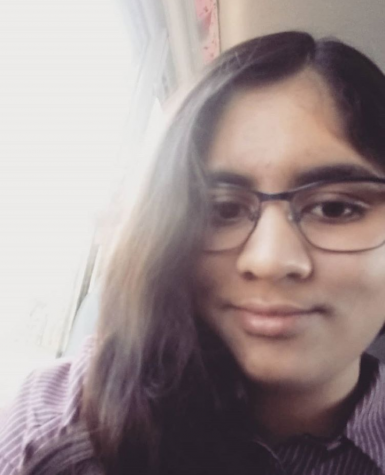
When I'm not writing, I listen to music a lot, and I love dance and psychology. This is my third year on press, and when I'm not editing stories, I'll...



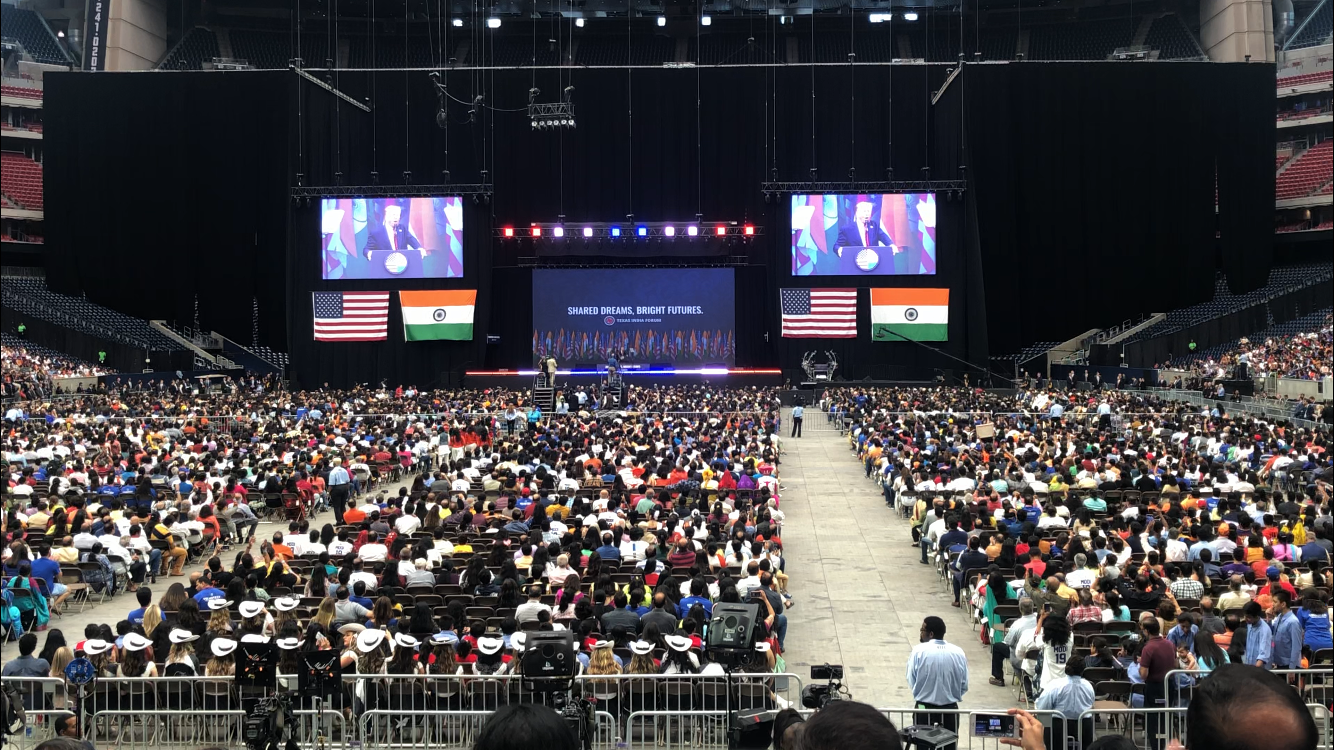
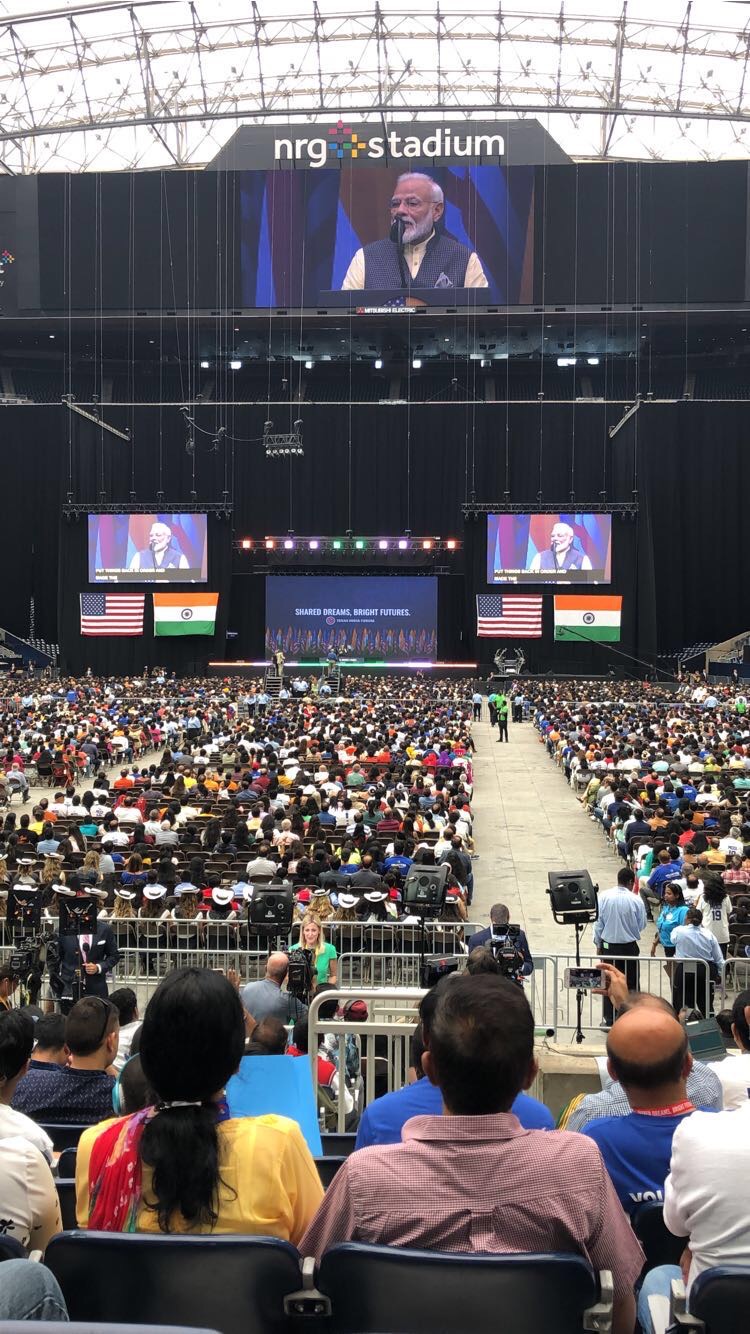

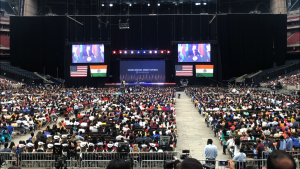
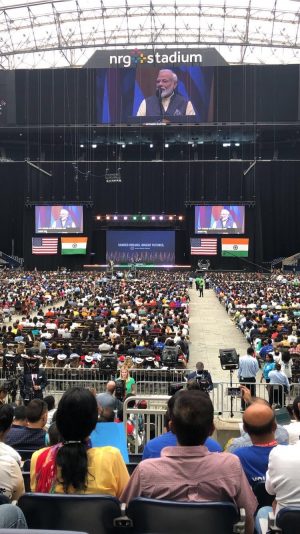
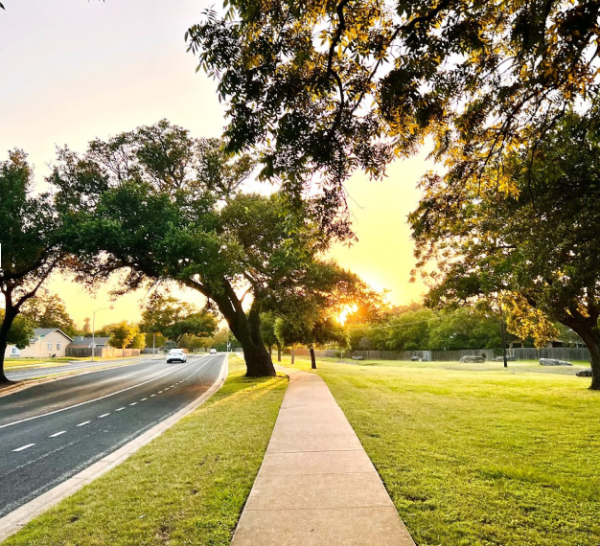
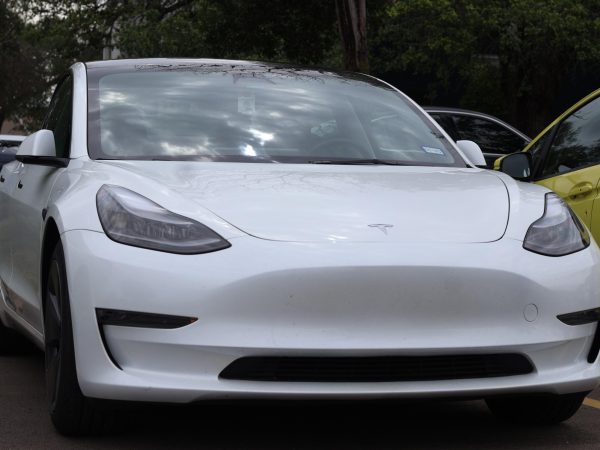
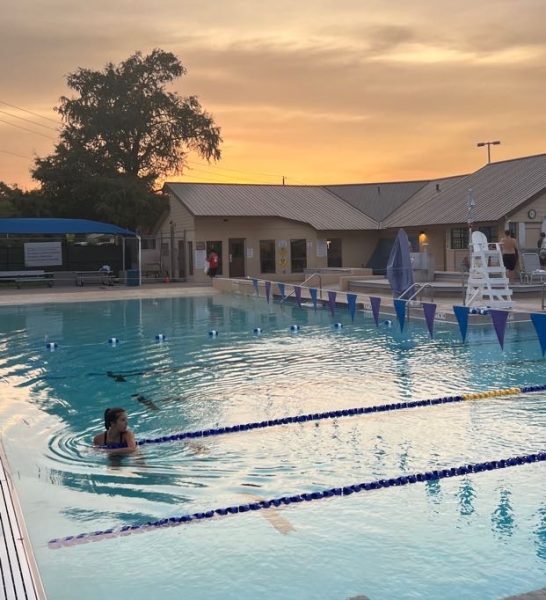
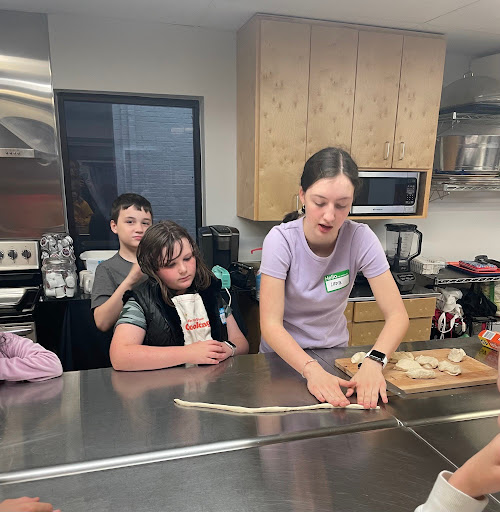
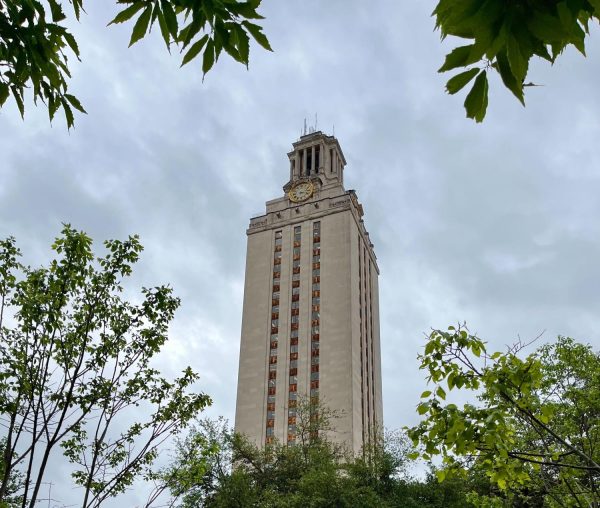
![Westwood students experienced the impacts of class cuts resulting from Round Rock ISD (RRISD)s budget deficit. The recently approved general fund budget could have played a role in returning some of the cut classes. We all hope that [the general fund budget] will bring additional funding and cost savings, potentially help with course and extracurricular operations, and provide deserving teachers with an increase in salary as well as provide better education opportunities for students, Marlene Luo 25 said.](https://westwoodhorizon.com/wp-content/uploads/2024/07/ww-pic-600x479.jpg)
